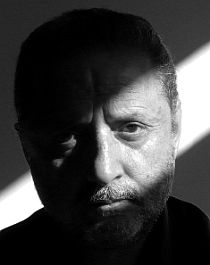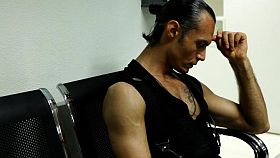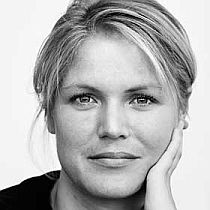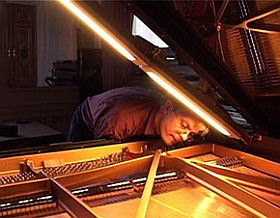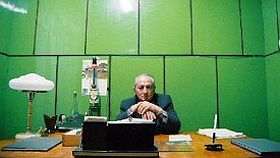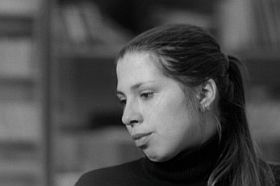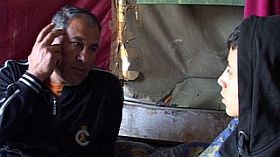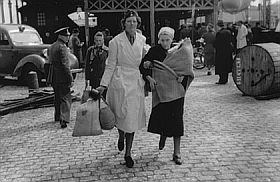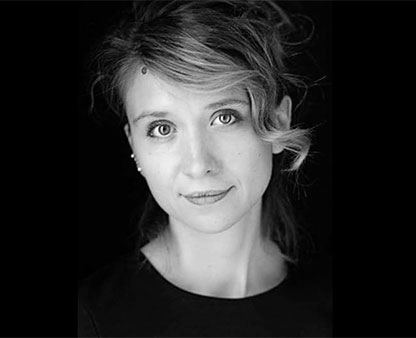
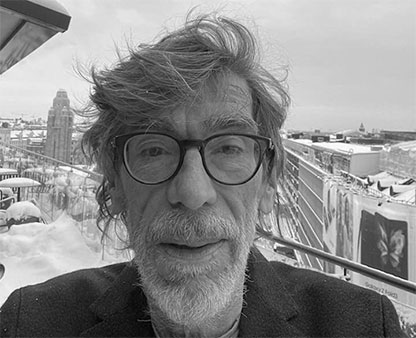
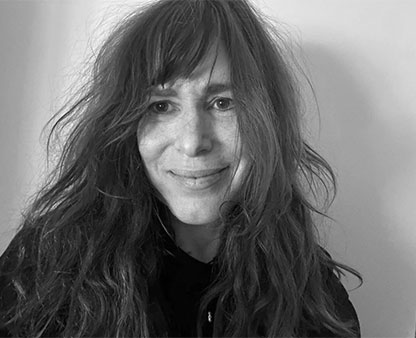
Vinylmania – Support the Campaign
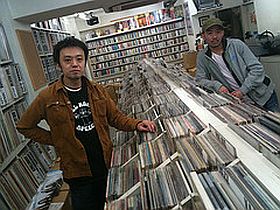
Help, there is only 7 days to go to reach our goal. These are the words from filmmaker Paolo Campana in Turin, Italy. It is all or nothing, he says, as it is with the crowdfunding done through Kickstarter. I have known Paolo and his project for years, I have always followed what Stefilm (Stefano Tealdi, Edoardo Fracchia and Elena Filippini) have done – in this case a fine film about a phenomenon that goes worldwide…
Below you will find more info about the film, trailer, clips and what your donation will be used for, and a link to kickstarter:
A trip into the grooves, Vinylmania is a 75 minute feature length documentary about an object that has never lost its soul: the vinyl record. An epic love story, the film is filled with fascinating characters and internationally recognized artists including PHILIPPE COHEN SOLAL (Gotan Project), WINSTON SMITH (Dead Kennedys, Green Day record sleeve artist), PETER SAVILLE (Joy Division, New Order record sleeve artist) and DJ KENTARO (2002 DMC World DJ Champion). Devotion, ecstasy, infatuation, agony – all feelings that the director of the film, Paolo Campana, has experienced from childhood and shares with like-minded record collectors, Djs, musicians and artists (the said vinylmaniacs) in the documentary. Set in 11 different cities and 7 countries worldwide, the director sets out on a global road trip to find out what role vinyl records play in the 21st century.
How will your donations be used? The money you give us will fund: Clearance rights of the music for dvd worldwide release – A voice over artist and studio to mix an English language narration track (currently in Italian by the director himself) – Creation and editing of the bonus materials- Creation of a dvd graphic, case and booklet – A 5.1 surround sound version – Licensing costs
http://www.vinylmaniafilm.com/
link to kickstarter.com
